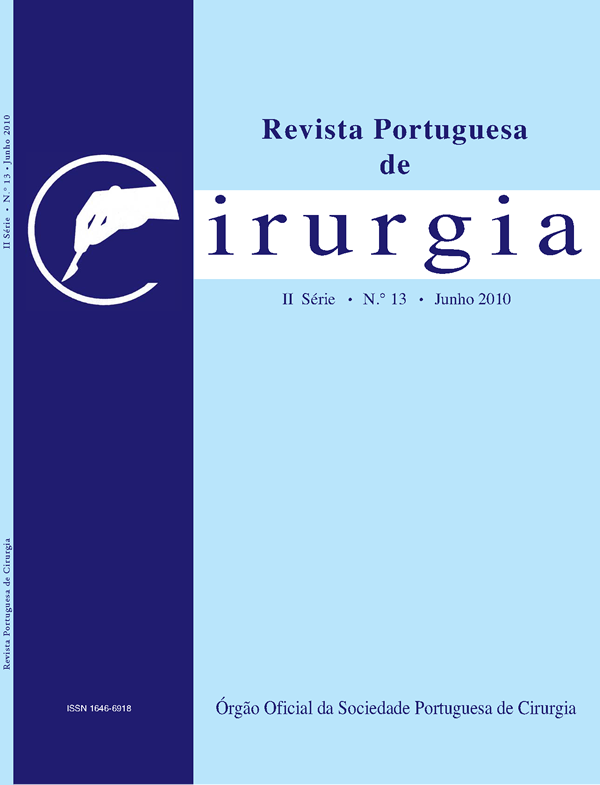Burschke-Loewenstein tumor in perianal Region – Clinical Case
Abstract
The Burschke-Loewenstein tumor, also called Giant condyloma acuminata or verrucous carcinoma of the anogenital region, is a papillomatous proliferation, which predominates in the glans and foreskin of uncircumcised men. Also, can affect the urethra, vulva and perianal region. In its pathogenesis has a role, the Human Papilloma Virus (HPV).
The Buschke-Loewenstein tumor is a rare low-grade malignancy, derived from squamous cells. Tends to appear in men with more or less 30-50 years of age, presenting itself as a local mass. Its transformation into invasive carcinoma is approximately 1 / 3 of cases documented. This is an anogenital verrucous carcinoma, associated with the Human Papilloma Virus (HPV), especially, among these, the serotype 6 and 113. It is postulated that the HPV oncoprotein E6 and E7 act by inactivation of cell cycle regulators, is the first step toward malignancy. The treatment is surgical.
We present a case of a male patient, with 50 years of age, with a vegetative lesion of 11cmx4cm size, located in the perianal zone.
Keywords: Giant condyloma acuminate, Verrucous Carcinoma; Burschke-Loewenstein Tumor
Downloads
Downloads
Published
Issue
Section
License
Para permitir ao editor a disseminação do trabalho do(s) autor(es) na sua máxima extensão, o(s) autor(es) deverá(ão) assinar uma Declaração de Cedência dos Direitos de Propriedade (Copyright). O acordo de transferência, (Transfer Agreement), transfere a propriedade do artigo do(s) autor(es) para a Sociedade Portuguesa de Cirurgia.
Se o artigo contiver extractos (incluindo ilustrações) de, ou for baseado no todo ou em parte em outros trabalhos com copyright (incluindo, para evitar dúvidas, material de fontes online ou de intranet), o(s) autor(es) tem(êm) de obter, dos proprietários dos respectivos copyrights, autorização escrita para reprodução desses extractos do(s) artigo(s) em todos os territórios e edições e em todos os meios de expressão e línguas. Todas os formulários de autorização devem ser fornecidos aos editores quando da entrega do artigo.



